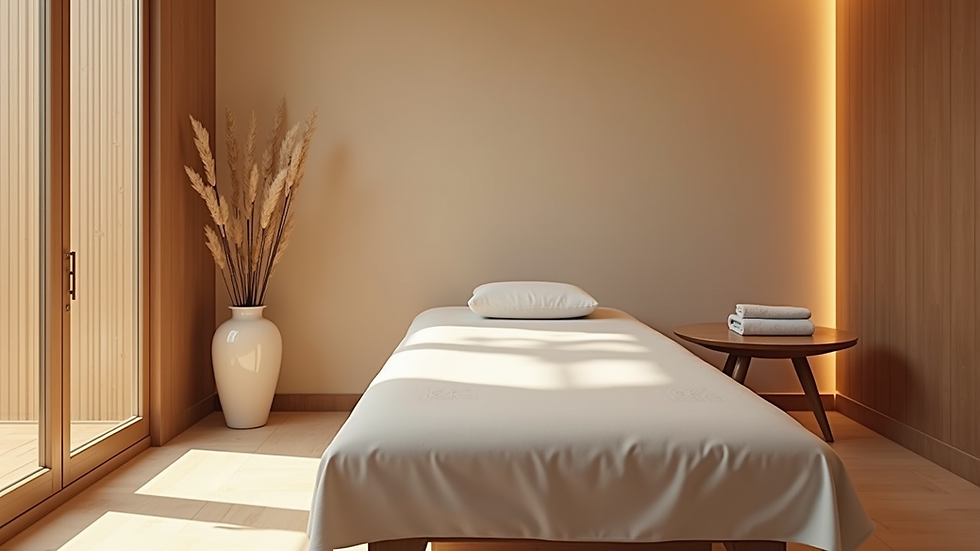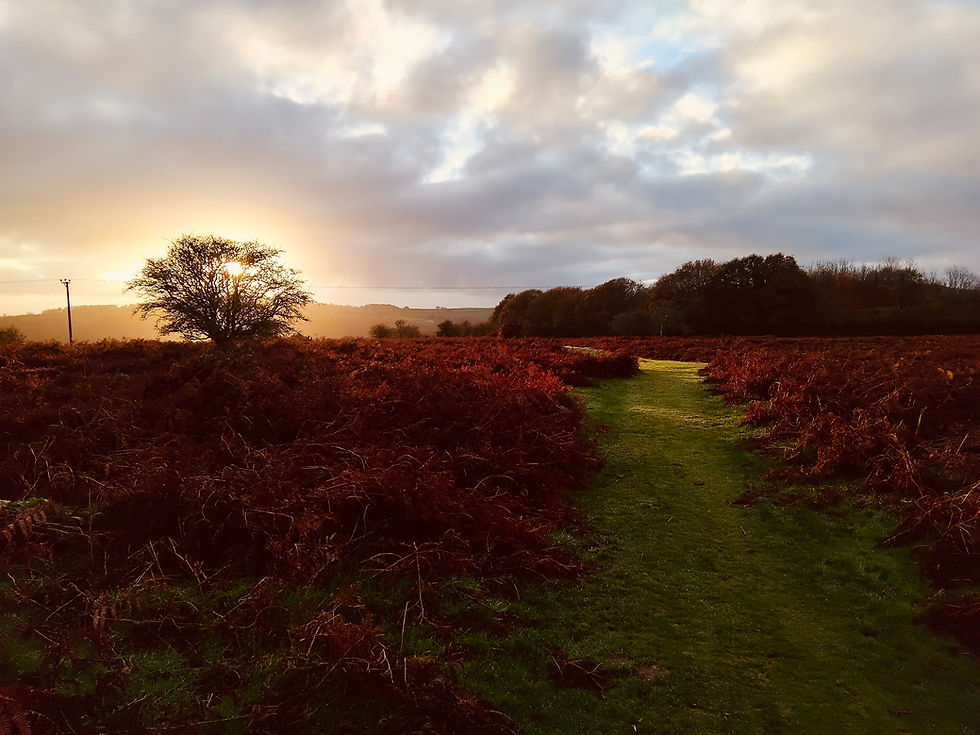Relieve Stress Naturally with Reflexology Techniques
- Clare Williams

- Jul 21
- 4 min read
Stress is a common part of modern life. With the endless demands of work, family, and daily responsibilities, everyone is looking for ways to unwind and find calm. One natural approach that has gained popularity over the years is reflexology. This alternative therapy focuses on applying pressure to specific points on the feet, hands, and ears to promote relaxation and improve overall well-being. In this blog post, we will explore how reflexology can help relieve stress, the specific techniques you can use, and the science behind this ancient practice.
Reflexology for Stress Relief
Reflexology is not just a pampering experience; it's a therapeutic technique that can promote deep relaxation and stress relief. By stimulating certain reflex points on the body, reflexology aims to bring the body back into balance. When you feel stressed, your body goes into a fight-or-flight mode, causing various physical and emotional symptoms. Reflexology helps counteract this response by triggering a relaxation response, which can lead to a decrease in stress levels.
Studies show that reflexology can be effective in reducing anxiety and improving mood. According to a study published in the Journal of Alternative and Complementary Medicine, participants who received reflexology treatments reported lower anxiety and better relaxation after sessions compared to those who did not receive treatments. This evidence underscores the importance of considering reflexology as a complementary approach to stress management.

Techniques for Stress Relief Through Reflexology
There are several reflexology techniques that can be easily incorporated into your routine. Here are a few you can try at home to relieve stress naturally:
1. Basic Foot Reflexology Technique
Find a Comfortable Position: Sit or lie down in a comfortable spot, ensuring you can easily access your feet. You might want to use a soft pillow or cushion.
Start with Deep Breathing: Take a few moments to breathe deeply, inhaling slowly through your nose and exhaling through your mouth. This will help calm your mind and prepare you for the session.
Locate the Reflex Points: Focus on the reflex points corresponding to areas of tension. For stress relief, pay attention to the area around your toes (head) and the ball of the foot (heart and lungs).
Using your thumb, apply gentle but firm pressure. Move in small circles or press for several seconds before moving to the next area.
2. Hand Reflexology Technique
If you're unable to reach your feet, don't worry! Hand reflexology can be just as effective.
Identify the Reflex Zones: The thumb represents the head and neck, while the index finger corresponds to the organs.
Follow the Same Steps as above by using gentle pressure on the areas of tension in the hands.
3. Use Essential Oils
Enhancing your reflexology practice with essential oils can further aid in relaxation. Oils such as lavender, chamomile, and bergamot are known for their calming properties.
Apply diluted essential oils to your selected reflex points on the feet or hands before or during your session.
Inhale deeply to benefit from the aromatherapy as you work on relieving stress.

What Part of the Foot Relieves Stress?
The feet contain numerous reflex points that correspond to different parts of the body. For stress relief specifically, certain areas of the foot are particularly important:
Toes: Representing the head and neck, working on the toes can promote relaxation and reduce tension.
Ball of the Foot: This area corresponds to the heart and lungs. Stimulating the ball of the foot can enhance breathing and encourage a sense of calm.
Heels: Associated with the lower body and stress manifestations, focusing on the heels can help relieve tension stored in the legs and lower back.
By concentrating on these areas during your reflexology sessions, you can significantly enhance your ability to relieve stress.

Tips for Practicing Reflexology at Home
If you're new to reflexology or want to enhance your experience, here are some practical tips:
Create a Relaxing Environment: Choose a quiet space free from distractions. Dim the lights and consider playing soft music or nature sounds to promote a peaceful atmosphere.
Use a Foot Bath: Soaking your feet in warm water with Epsom salts before your session can help relax the muscles and enhance the effects of reflexology.
Practice Regularly: Consistency is key! Aim to practice reflexology a few times a week, even for just 10-15 minutes, to see lasting benefits.
Keep a Journal: Tracking your sessions can help you understand what techniques work best for your stress levels. Record your feelings before and after each session to identify patterns and improvements over time.
Reflexology can be a powerful tool for managing stress naturally. Embracing these techniques not only benefits your mental well-being but also enhances your physical health.
Enhancing Your Reflexology Experience
To maximise the benefits of reflexology, consider combining it with other natural stress-relief practices. Techniques such as yoga and meditation can complement reflexology by promoting overall relaxation and mindfulness.
Additionally, lifestyle changes like regular exercise, proper nutrition, and adequate sleep contribute to reducing stress levels. When searching for resources or assistance, consider consulting a professional reflexologist who can provide tailored guidance and additional techniques specific to your needs.
If you're curious to learn more, stress relief reflexology is a great starting point for understanding how this therapy can fit into your stress management plan.
Embrace a Natural Path to Well-Being
In conclusion, reflexology is a versatile and effective way to address stress naturally. By incorporating these techniques into your routine, you can cultivate inner peace and resilience in the face of life's challenges.
Whether you are seeking a moment of tranquility during a busy day or looking to establish a regular practice, reflexology offers a pathway to relaxation and wellness. Start today, and take the first steps toward a more balanced life.







Comments